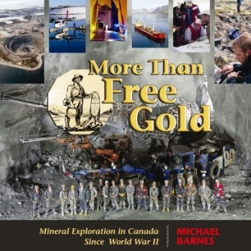Marilyn Scales is a field editor for the Canadian Mining Journal, Canada’s first mining publication. She is one of Canada’s most senior mining commentators.
Mining companies often speak of having a “social licence” to operate. This reflects the willingness of local communities to support their endeavours. The more the miner and the indigenous people talk, the better their understanding and ability to accommodate one another.
What sounds straightforward is often complicated by unrealistic expectations, earlier history, cultural rigidity and interference by third parties.
The latest company on the verge of losing its social licence is Vancouver’s Goldcorp, that operates the Marlin gold mine in Guatemala. The most recent report to examine Goldcorp’s record there was commissioned by the company in response to charges of human rights violations at the Marlin mine. The report concluded that the company had failed to respect the right of indigenous peoples in that country, but also had brought jobs, healthcare and education to the impoverished western highlands region. Goldcorp further insists that allegations of environmental problems are unfounded.
























 Faults and Fissures Vein Deposits
Faults and Fissures Vein Deposits